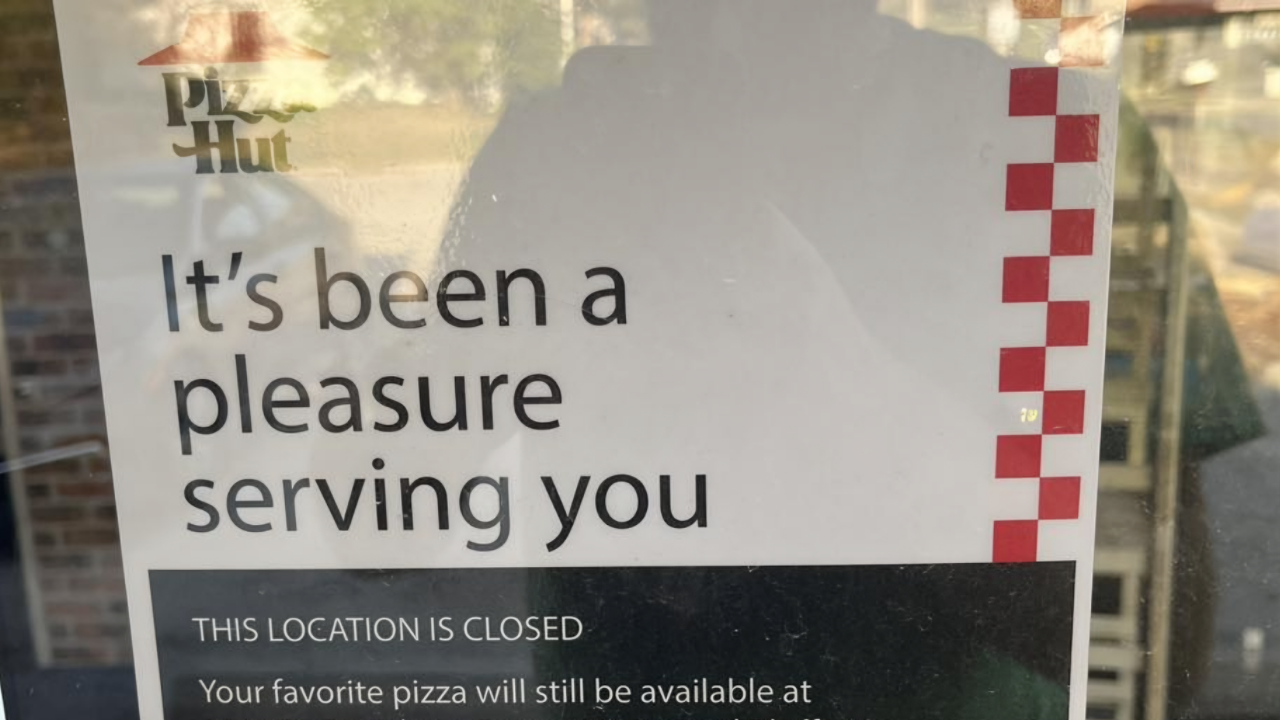
The sudden administration of Pizza Hut’s UK franchise on October 20, 2025, closed 68 restaurants and 11 delivery sites in a single blow, eliminating 1,200 jobs and leaving families scrambling weeks before Christmas. This wasn’t an isolated failure—it marks the second major collapse in nine months, signaling systemic vulnerabilities in Britain’s hospitality sector that extend far beyond one brand’s missteps.
DC London Pie Limited, the franchise operator, had already been navigating treacherous financial waters. Rising operational costs, elevated taxes, and declining customer demand for dine-in experiences compressed margins to an unsustainable level. The final pressure came when HM Revenue & Customs filed a winding-up petition in September, forcing the company’s hand. Yet the real story lies in what this collapse reveals about the fragility of even established brands facing Britain’s economic headwinds.
The Human Cost of Sudden Exit
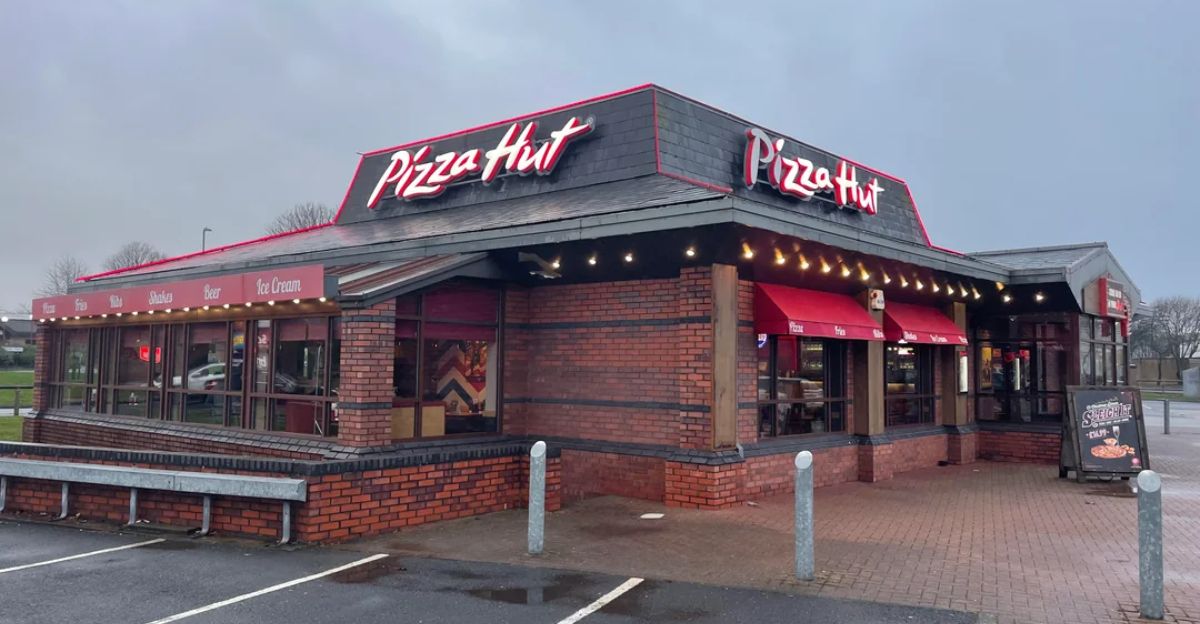
For Jack Twydale and fellow workers at the Hartlepool location, closure came abruptly and without preparation. Staff learned their fate during a Teams call that they were being laid off immediately. “We were shocked,” Twydale recalled of the moment livelihoods vanished. With winter approaching and job security already scarce, the timing compounded the crisis for approximately 1,210 employees now navigating redundancy.
The closures devastated communities dependent on affordable dining choices. Families, students, and groups accustomed to gathering at Pizza Hut franchises now faced disrupted routines and fewer local alternatives, particularly in smaller towns where dining options already remained limited.
A Partial Rescue Masks Structural Problems
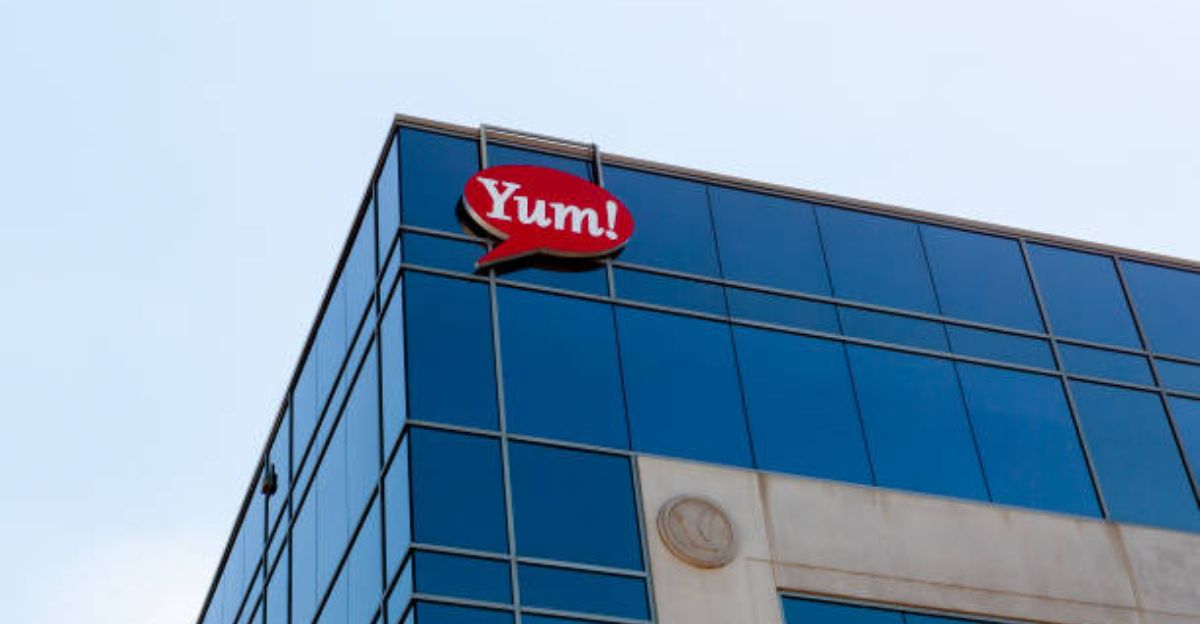
Yum! Brands, Pizza Hut’s parent company, intervened by acquiring 64 locations and preserving 1,277 jobs—but this selective rescue revealed an uncomfortable truth: only the most profitable restaurants warranted corporate investment. The majority of struggling sites were abandoned to closure, with creditors and workers bearing the losses. This pattern suggests that survival increasingly depends on location profitability rather than brand viability, leaving weaker outlets defenseless.
The current collapse follows a troubling predecessor. When Heart with Smart Limited, the previous franchisee, collapsed in January 2025, it carried debts exceeding £50 million, with investor Pricoa Capital owed over £40 million alone. Directional Capital’s subsequent acquisition of the struggling business in a rescue deal initially saved 3,000 jobs, but those gains proved temporary.
Sector-Wide Strain Threatens Broader Collapse
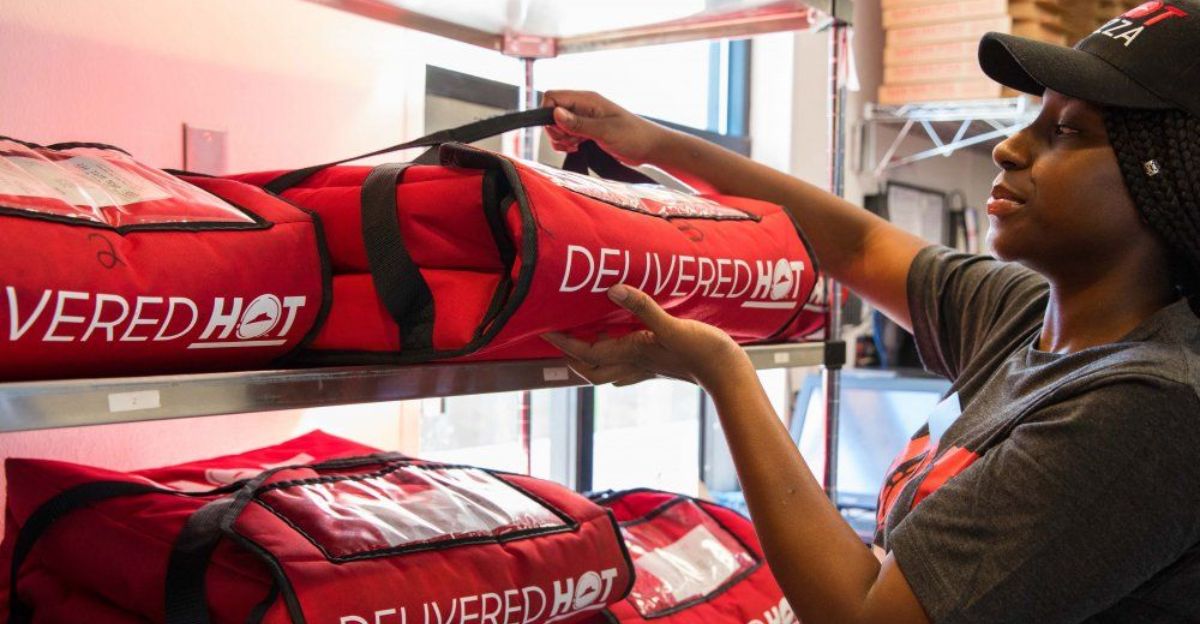
Pizza Hut’s exit occurs against a backdrop of acute industry distress. Hospitality businesses face compounding pressures from wage inflation, surging energy bills, and broader economic contraction. Over the past year alone, the sector shed 59,000 workers, with restaurants absorbing particularly severe losses. Industry observers warn that current conditions may trigger additional closures, destabilizing further employment and eroding consumer choice across communities already affected by previous business failures.
The UK government faces mounting pressure to address these challenges through the Autumn Budget, particularly regarding business rates and employment policies. However, sector leaders caution that relief measures may ultimately prove insufficient without sustained intervention.
Market Reshuffling and Global Implications
Competitors like Domino’s and independent pizzerias stand to capture displaced customers, though they confront identical economic pressures. Smaller operators and emerging restaurateurs may find market entry opportunities in towns suddenly left underserved. Supply chain disruptions ripple outward: food distributors, packaging suppliers, and logistics providers lose major contracts, while international partners face damaged business relationships and reduced commerce.
Globally, Pizza Hut’s collapse sends a cautionary signal to established international brands. The situation demonstrates how even recognizable chains remain vulnerable to local economic challenges, regulatory shifts, and evolving consumer preferences. This vulnerability extends to smaller operators facing identical headwinds.
Navigating Uncertain Terrain
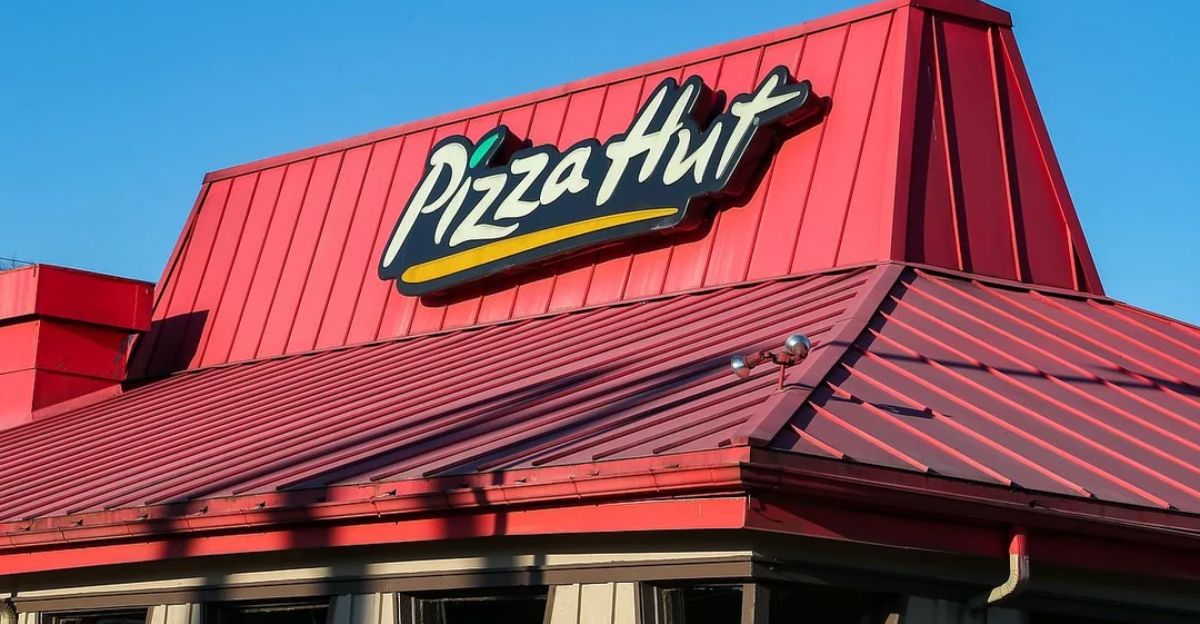
As the UK hospitality sector navigates mounting instability, businesses confronting these headwinds must reassess cash flows, renegotiate supplier and landlord rates, and prioritize employee retention through creative benefits. Consumers should anticipate narrowing competition, reduced promotional offerings, and likely price increases.
Pizza Hut’s collapse isn’t a singular event but rather a visible indicator of systemic strain within hospitality. Whether the sector stabilizes depends substantially on policy intervention, business innovation, and sustained consumer engagement. The outcome will shape employment prospects and community vitality across the UK for years ahead.